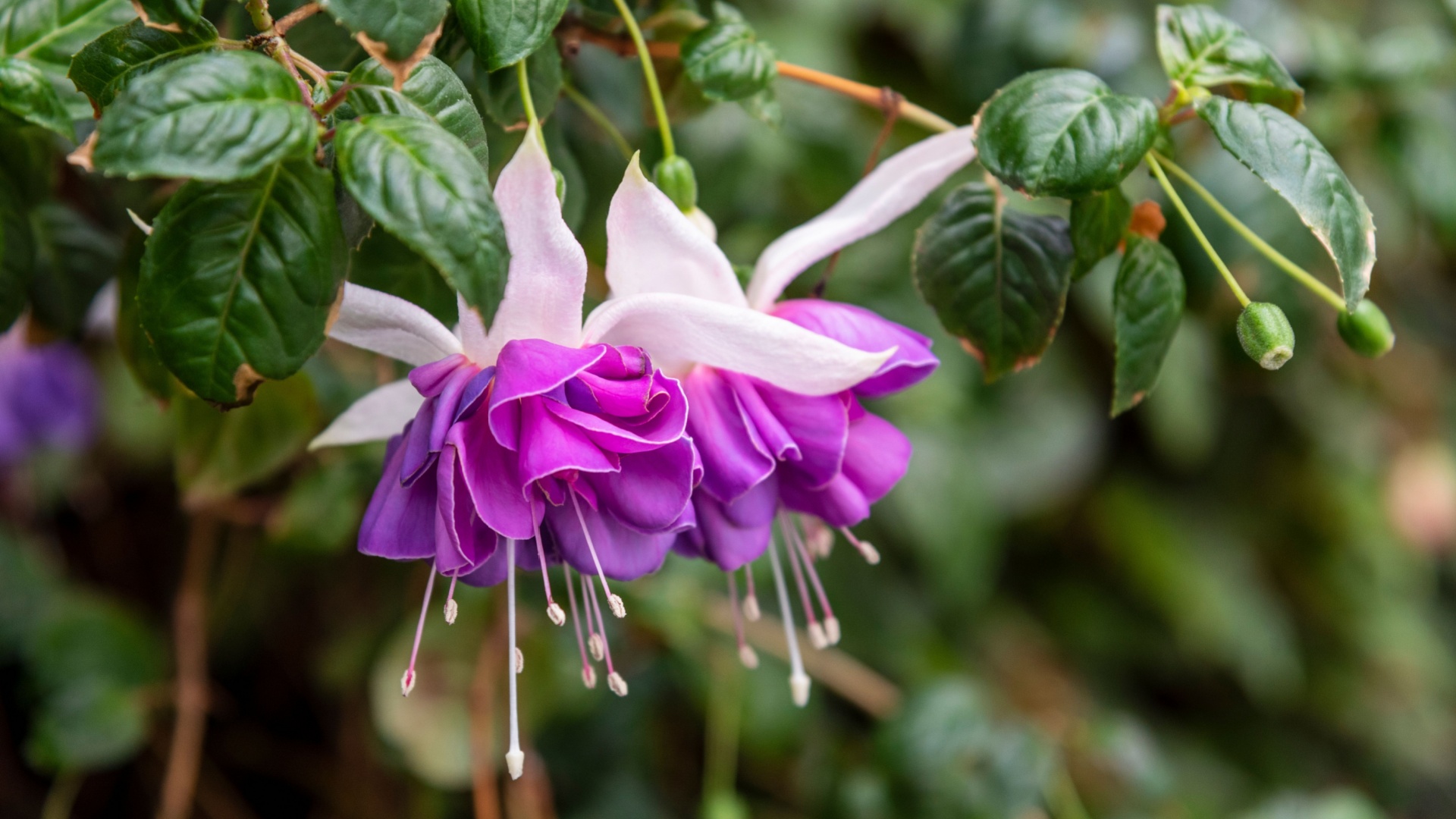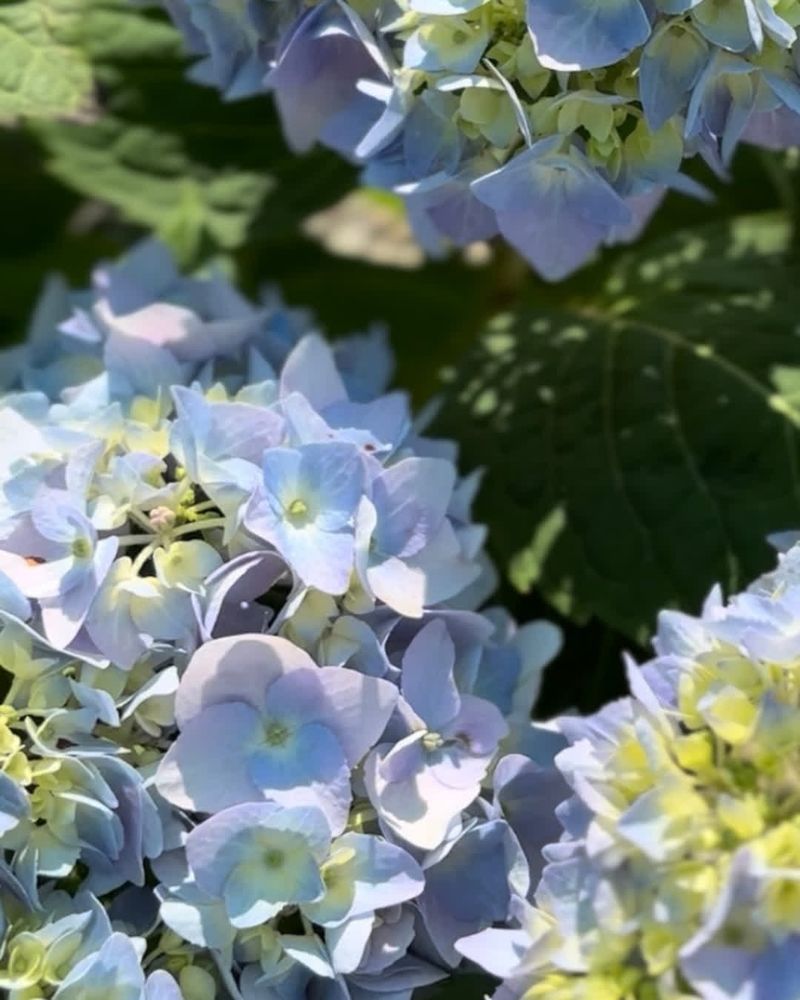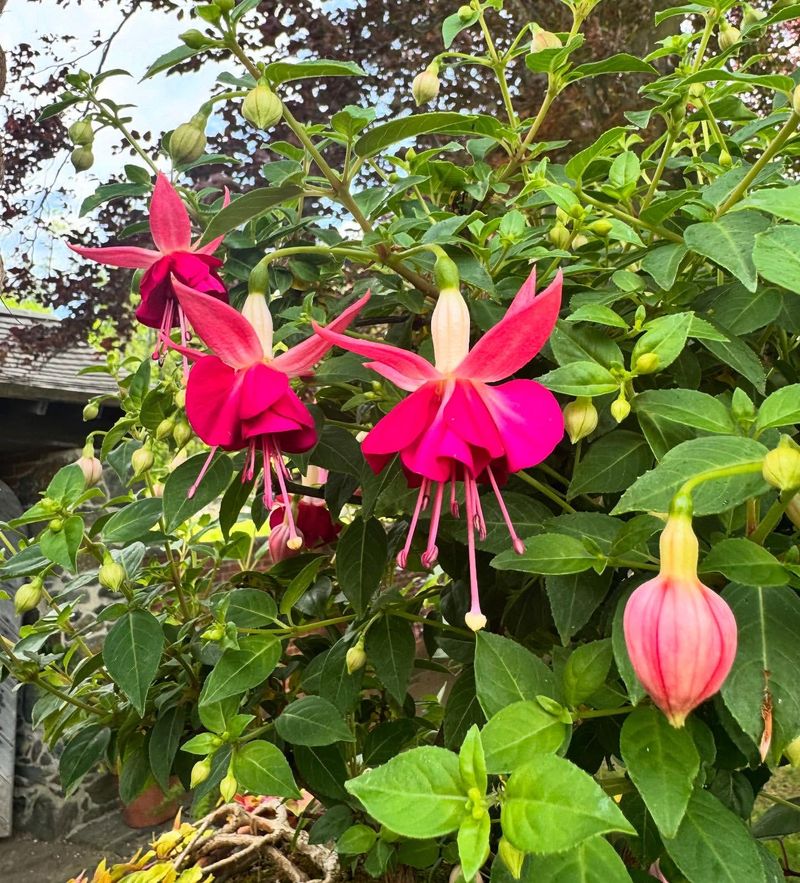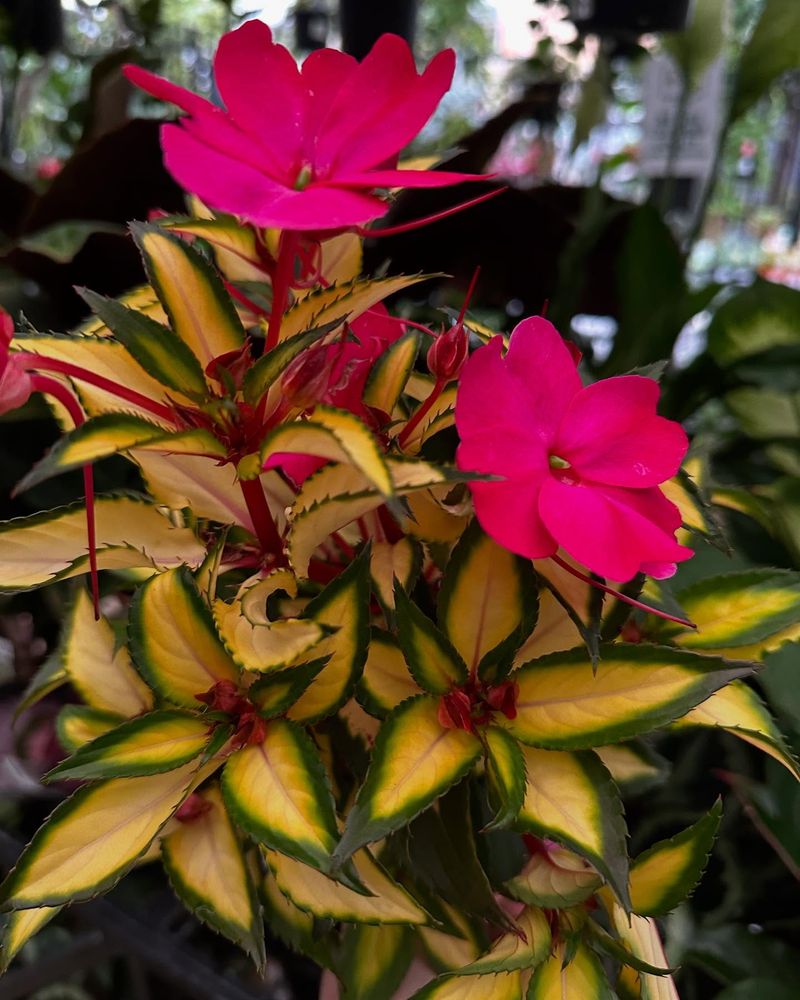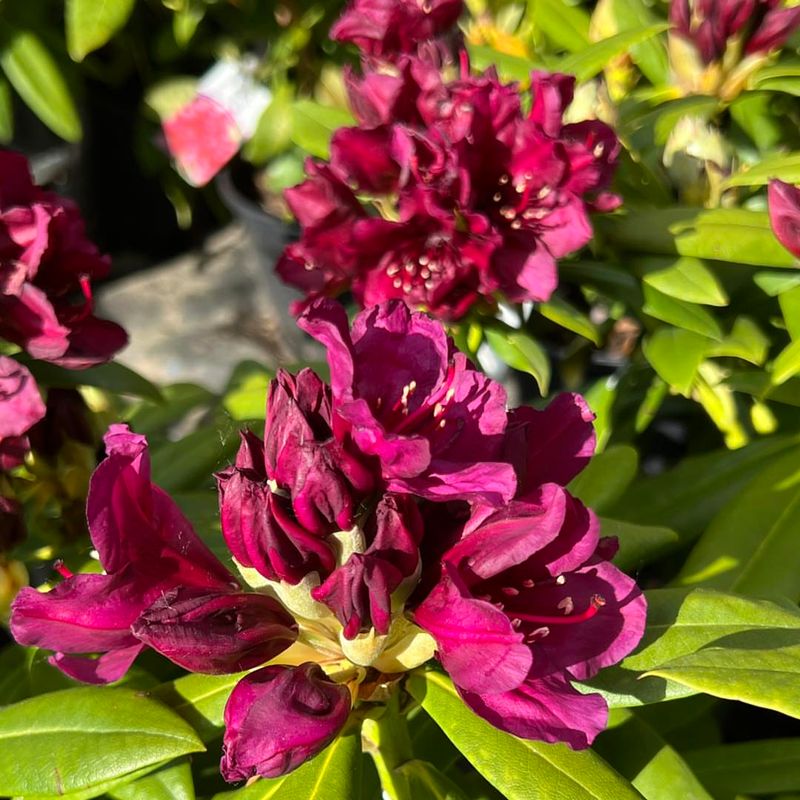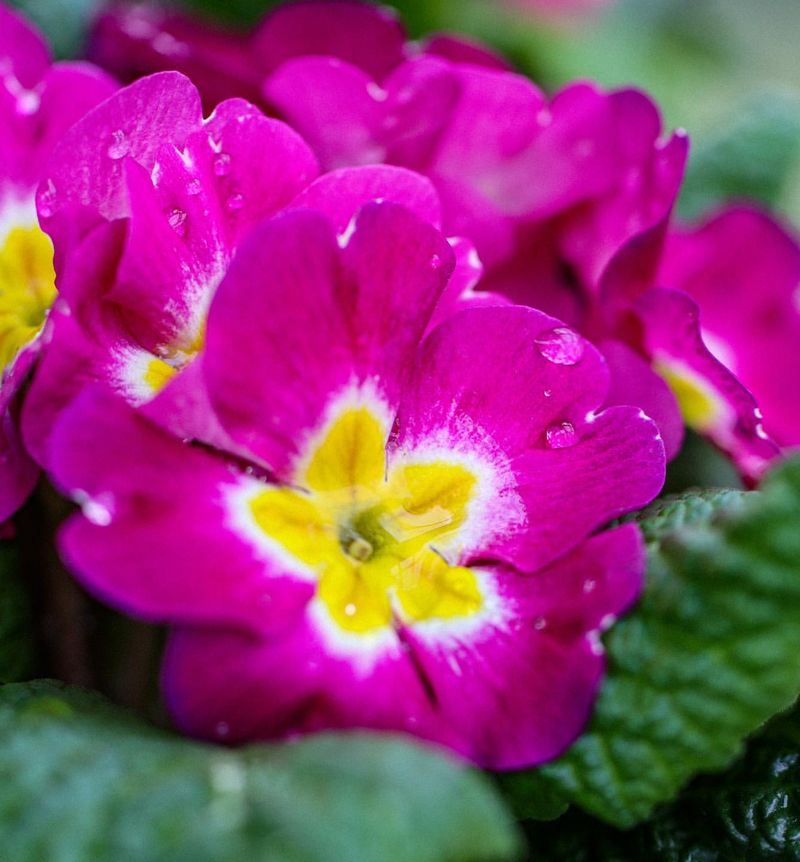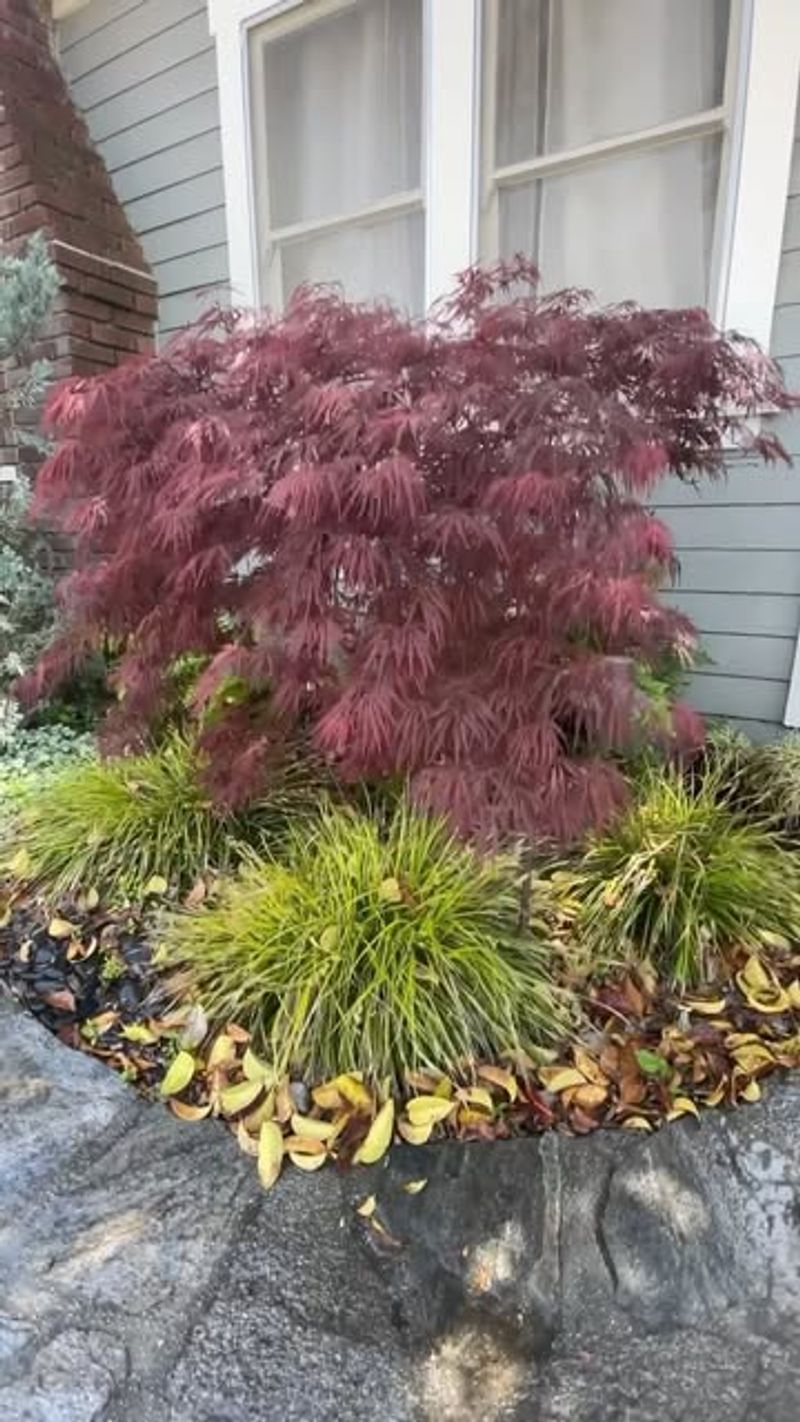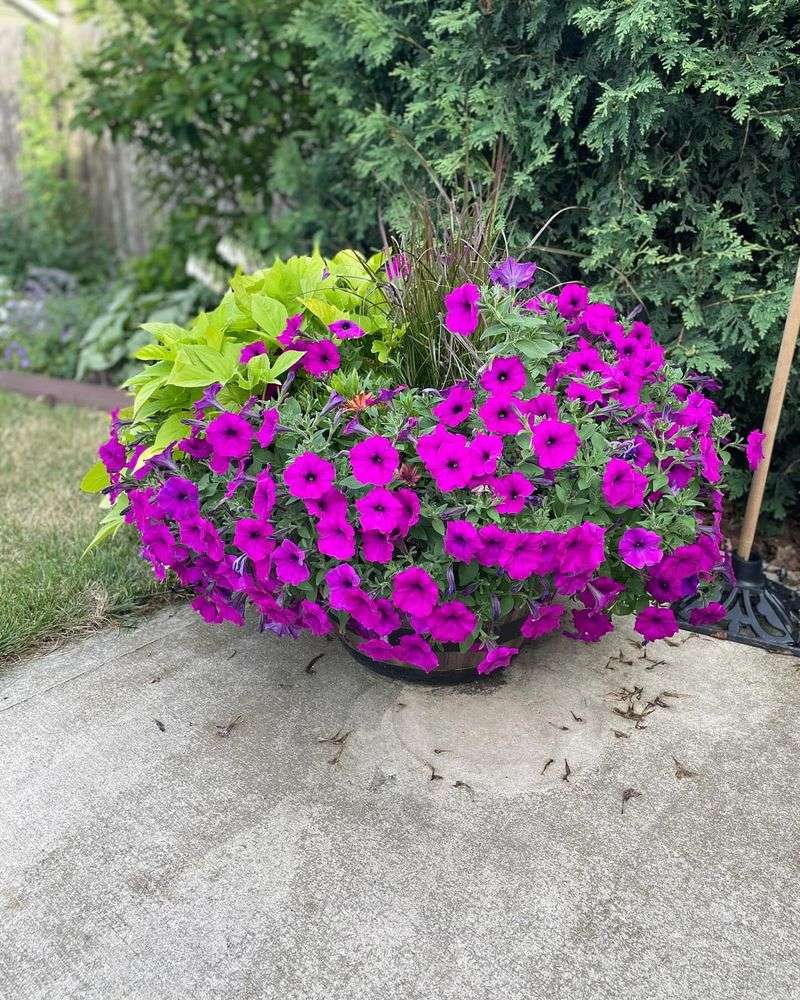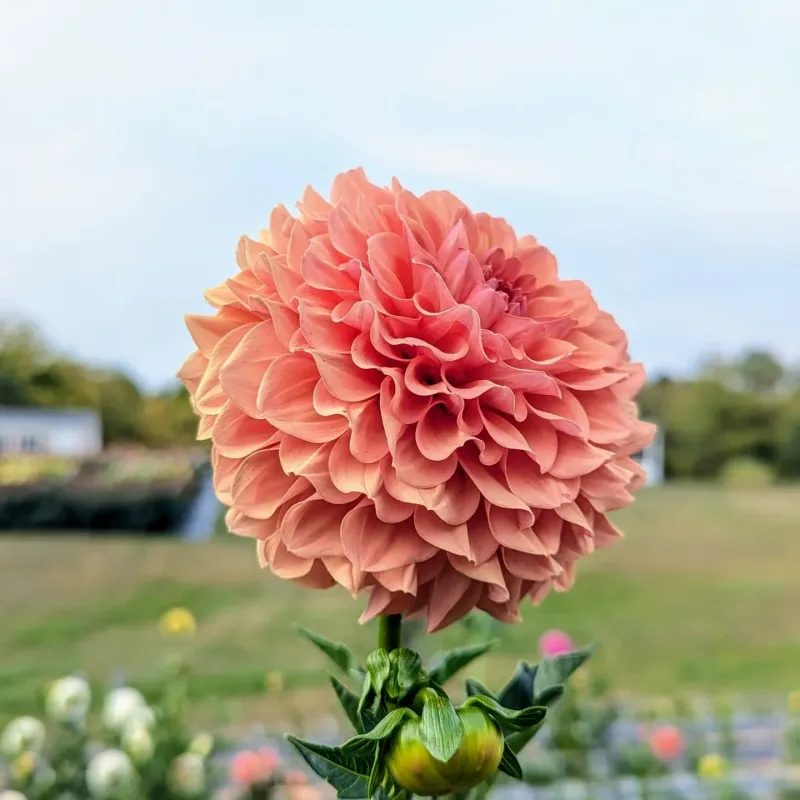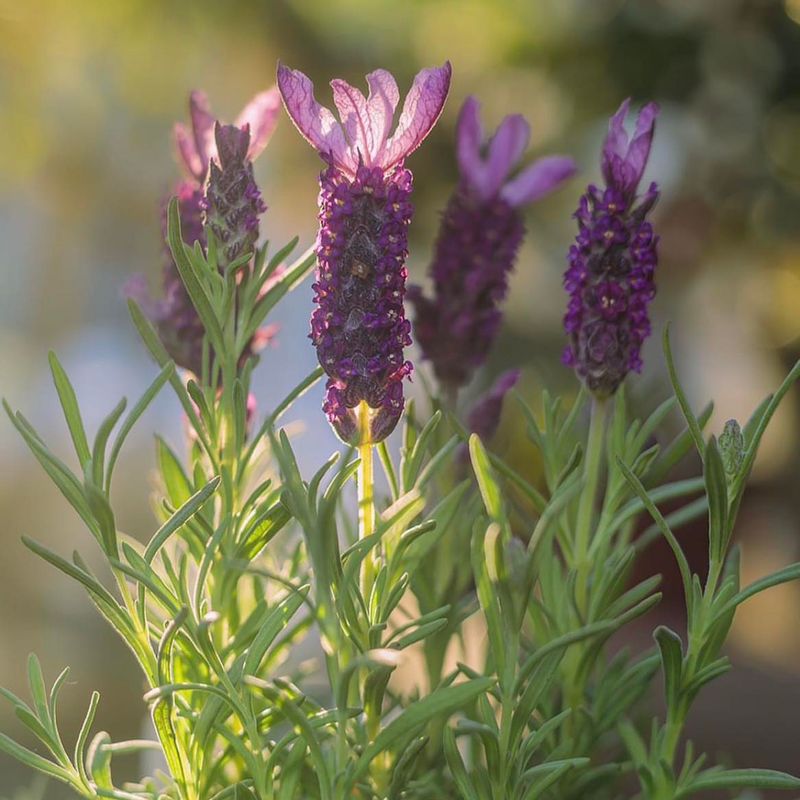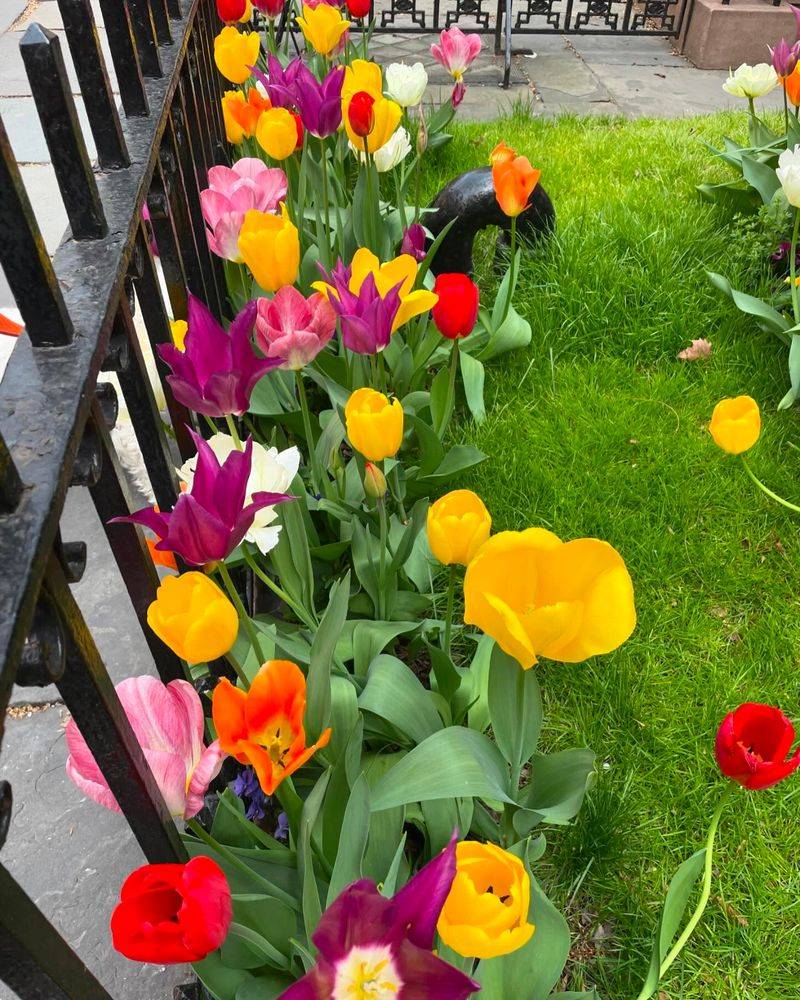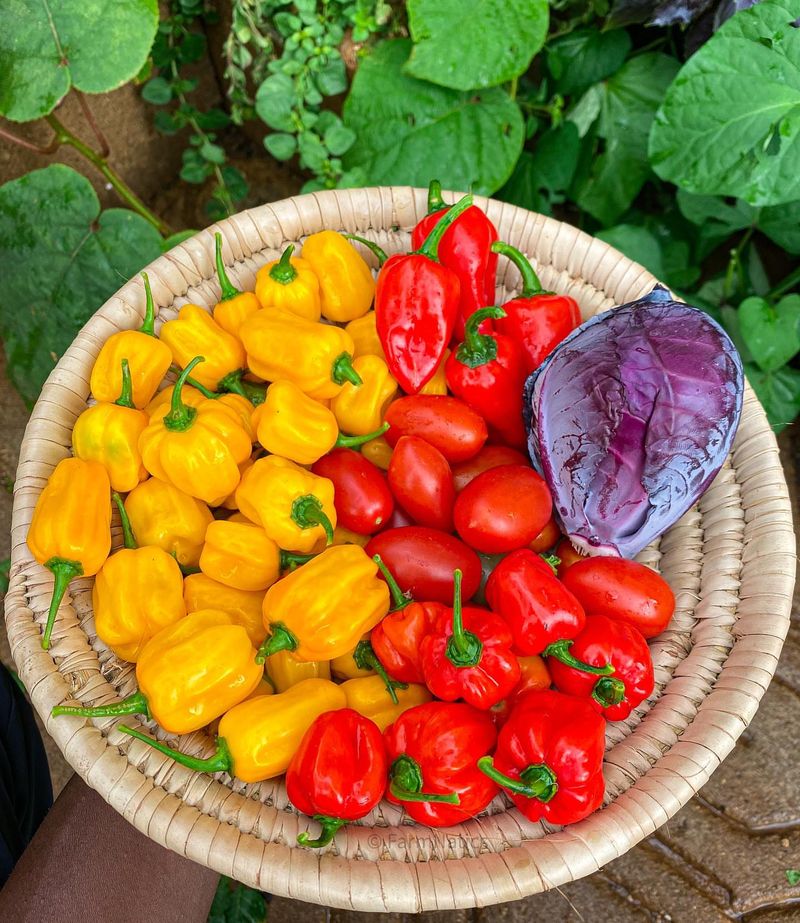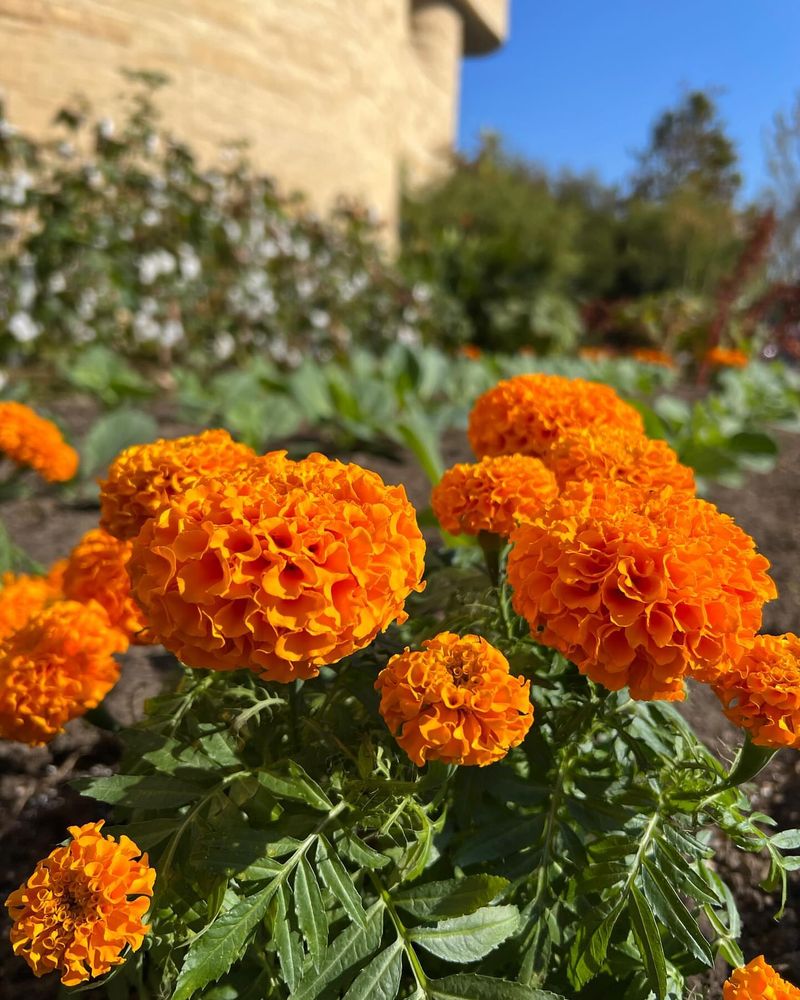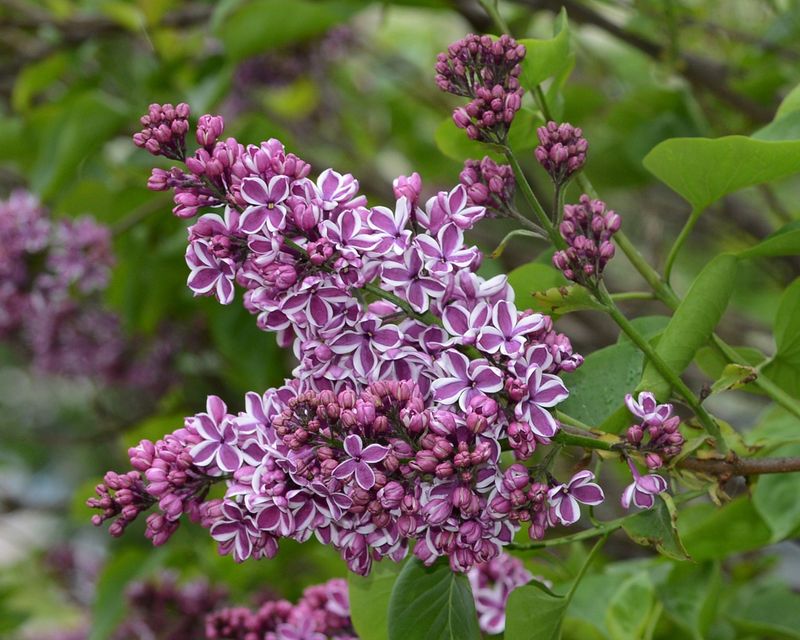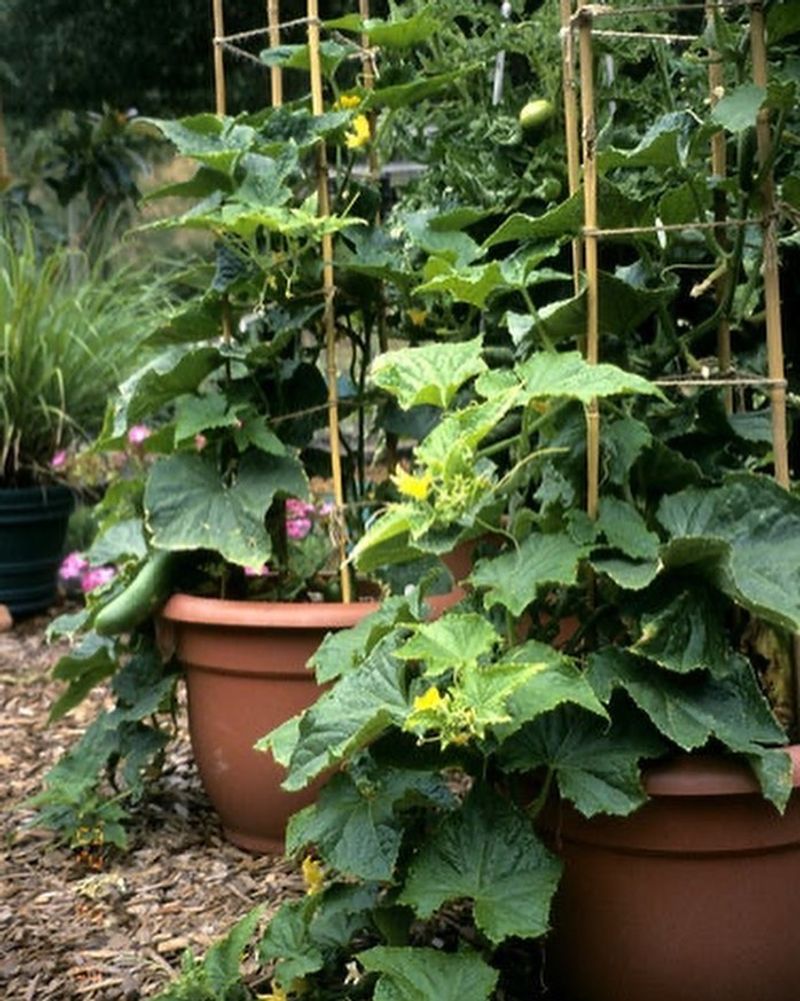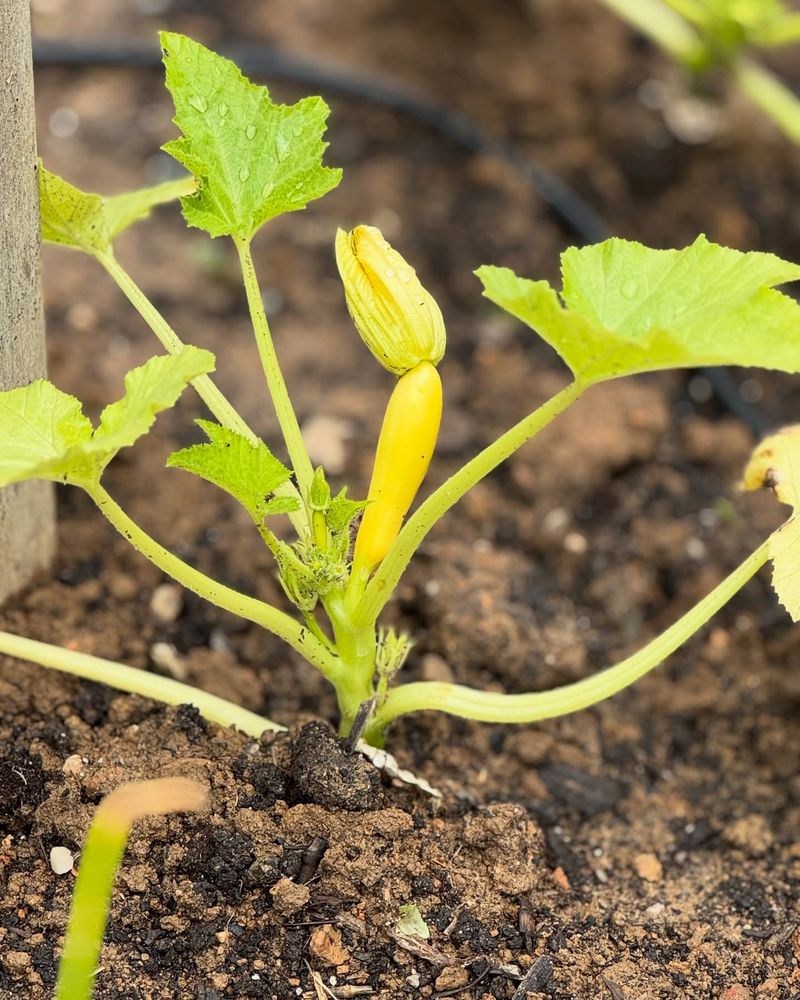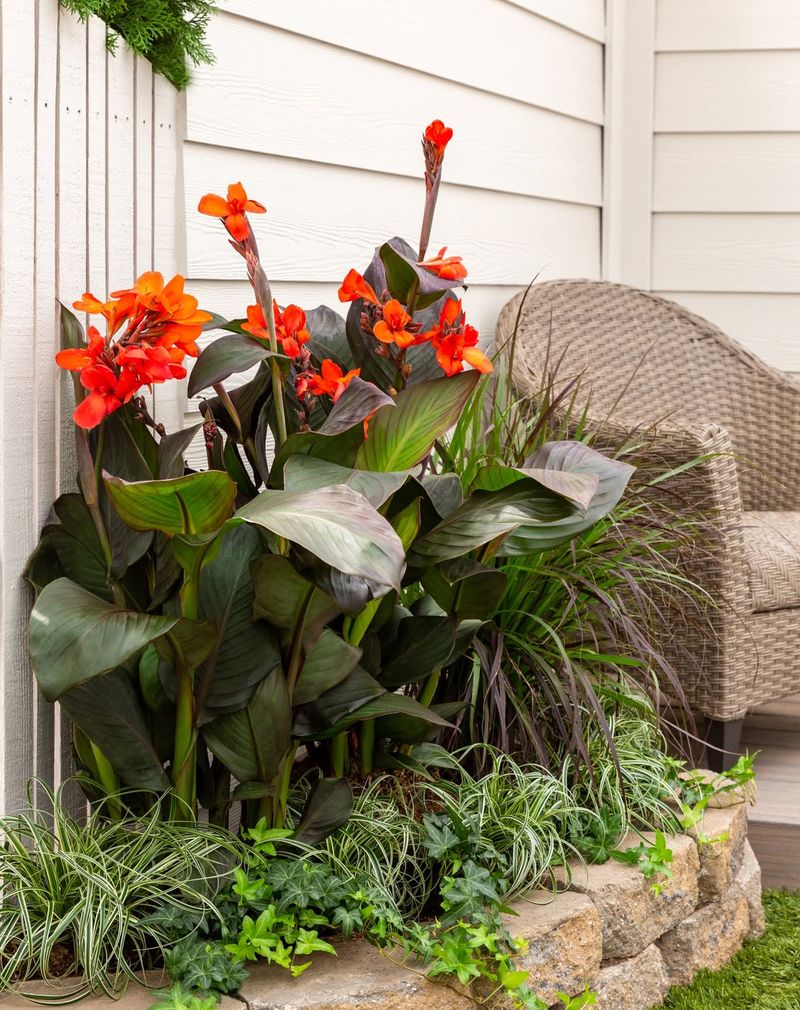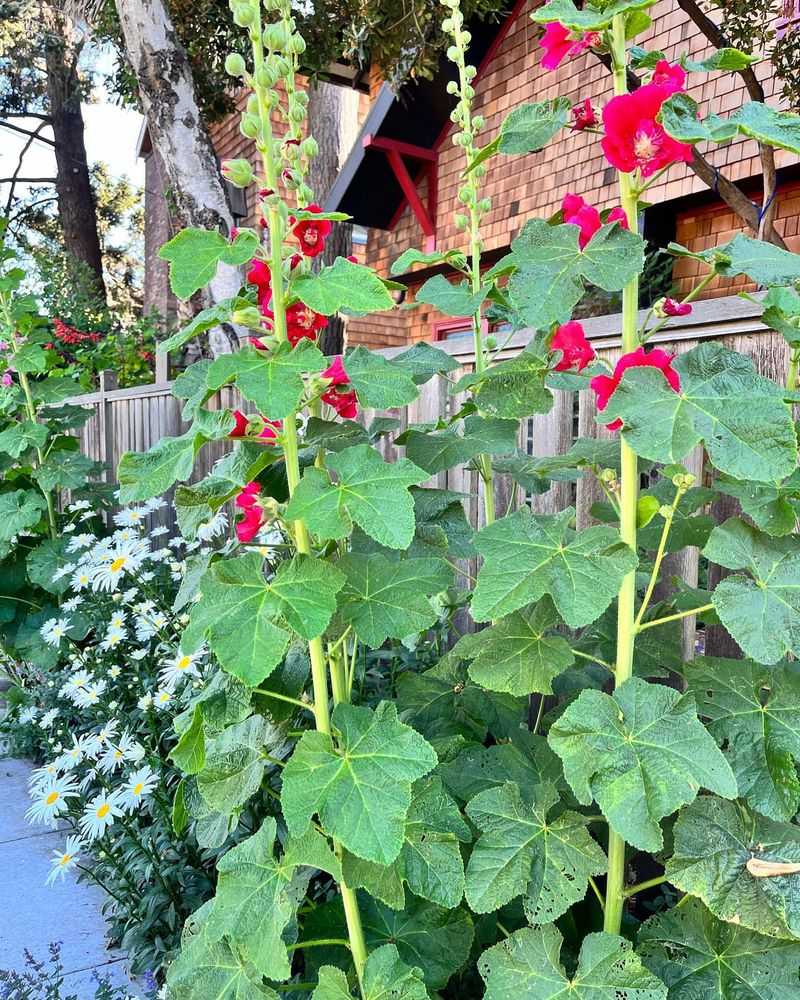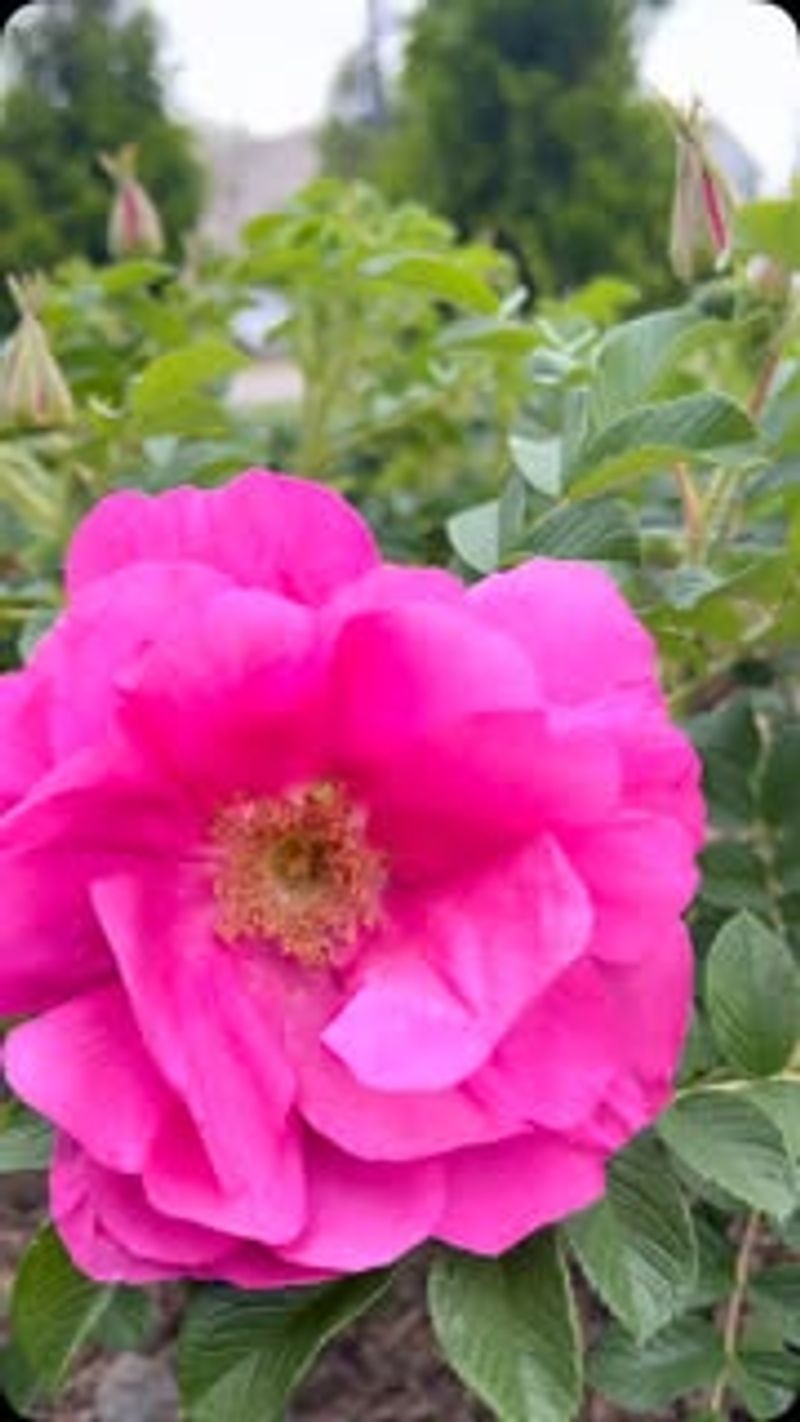Not every plant can handle a Washington summer. Some wither in the heat, struggle in the soil, or attract pests that thrive in the region’s unique climate. I’ve made those planting mistakes—and so have plenty of local gardeners.
Avoiding the wrong plants can save your yard from disappointment, disease, and constant upkeep. Smarter, better-adapted alternatives will not only survive, but actually thrive in your Pacific Northwest garden.
1. Hydrangeas That Wilt
Most hydrangeas struggle during Washington’s dry late summers, often wilting dramatically even with regular watering. Their large leaf surface causes excessive water loss when temperatures climb.
The thirsty roots simply can’t keep up with water demands during August heat waves. Instead of these water-guzzlers, try planting native Pacific Northwest shrubs like Oregon grape or evergreen huckleberry.
These native alternatives have evolved to handle our summer dry spells while still providing beautiful structure and color to your landscape.
2. Finicky Fuchsias
Hanging fuchsia baskets rarely survive Washington’s summer temperature swings. The delicate blooms quickly drop when temperatures exceed 80°F, leaving you with bare stems by August.
Morning dew followed by hot afternoons creates perfect conditions for powdery mildew to develop on their leaves. Replace these temperamental beauties with hardy trailing geraniums or calibrachoa (million bells).
Both alternatives produce abundant flowers throughout summer while tolerating both heat waves and occasional cool spells that characterize Washington’s unpredictable climate.
3. Thirsty Impatiens
Traditional impatiens demand constant moisture and wilt dramatically when Washington’s summer dry spells hit. They’re also highly susceptible to downy mildew, a devastating disease that spreads quickly in our region.
Many gardeners find themselves watering twice daily just to keep these flowers alive. For colorful shade areas, plant New Guinea impatiens instead – they resist disease and tolerate drier conditions.
Begonias also make excellent alternatives with their drought tolerance and ability to bloom continuously from June through October without constant attention.
4. Struggling Rhododendrons
Young rhododendrons often can’t establish themselves during Washington summers without excessive watering. Their shallow root systems make them particularly vulnerable to drought stress during July and August dry periods.
Newly planted specimens frequently develop crispy brown leaves despite regular irrigation. Consider planting established, mature rhododendrons in fall instead, or choose native salal as an alternative.
Salal thrives in similar woodland conditions but handles summer drought much better once established, requiring minimal supplemental water to maintain its glossy green foliage.
5. Picky Primroses
Spring-planted primroses quickly fade when summer temperatures arrive in Washington. Their delicate nature makes them poor candidates for our warm, dry summers, often resulting in brown, crispy foliage by July.
Primroses planted after April rarely establish strong enough root systems to survive. Switch to heat-tolerant coral bells (Heuchera) which offer similar colorful foliage but thrive throughout Washington summers.
Heucheras come in stunning varieties from purple to caramel, maintaining their vibrant colors all season while requiring minimal water once established.
6. Troublesome Tomato Varieties
Large beefsteak tomato varieties often disappoint in western Washington’s cool summers. They require more consistent heat than our climate typically provides, resulting in green tomatoes that never ripen before fall rains.
Late blight frequently destroys plants before fruits mature. Focus instead on cherry tomatoes like ‘Sungold’ or ‘Sweet Million’ which ripen even during cool summers.
Early-maturing varieties such as ‘Oregon Spring’ or ‘Stupice’ also perform well, setting fruit at lower temperatures and producing harvests before late blight strikes in August.
7. Struggling Sweet Corn
Sweet corn often falters in western Washington’s maritime climate where summer nights remain too cool for proper kernel development. Plants grow tall but produce disappointing, partially filled ears with missing kernels.
Our short growing season means many varieties don’t reach maturity before fall weather arrives. Instead, focus your garden space on cool-season crops like kale, chard, and lettuce that thrive in our moderate temperatures.
These leafy greens actually produce better in Washington’s mild climate than in regions with hot summers, offering continuous harvests from spring through fall.
8. Messy Maples
Japanese maples suffer significant leaf scorch during Washington’s occasional summer heat waves. Their delicate foliage wasn’t designed for intense afternoon sun combined with dry conditions.
Young trees often need several years of babying before establishing enough roots to survive summer stress. Consider planting native vine maples instead, which evolved in our climate and handle both sun and drought once established.
Vine maples offer similar delicate foliage and beautiful fall color while requiring significantly less summer care and water than their Japanese cousins.
9. Persnickety Petunias
Traditional petunias become leggy and stop blooming during Washington’s summer heat waves. Their sticky foliage attracts aphids that thrive in our climate, creating a messy, disappointing display by mid-summer.
Regular deadheading becomes a tedious chore as spent blooms quickly develop seed pods. Plant hardy calibrachoa or trailing verbena instead for continuous summer color without the maintenance headaches.
Both alternatives bloom prolifically through heat waves and cool spells alike, requiring minimal deadheading while resisting pest problems that plague traditional petunias.
10. Demanding Dahlias
Dahlias require excessive staking, deadheading and watering during Washington summers. Their hollow stems often snap during our unexpected summer windstorms, destroying weeks of growth in minutes.
Slugs devastate young plants before they can establish, and powdery mildew often appears during late summer. Consider planting rudbeckia (black-eyed Susans) instead for reliable summer color.
These native-inspired perennials stand strong through wind and rain while attracting beneficial pollinators. Their drought tolerance means less watering, and they rarely need staking or extensive maintenance.
11. Fussy French Lavender
French lavender (Lavandula dentata) rarely survives Washington’s wet winters after being planted in summer. Its Mediterranean origins make it poorly suited to our climate’s moisture levels, often rotting by spring.
Summer-planted specimens rarely establish enough roots before fall rains begin. English lavender (Lavandula angustifolia) varieties like ‘Hidcote’ or ‘Munstead’ make much better choices for Washington gardens.
These hardier lavenders tolerate both summer drought and winter moisture when planted in well-drained soil, providing the same fragrant flowers and culinary uses without the heartbreak.
12. Temperamental Tulips
Summer-planted tulips rarely perform well in Washington gardens. Our warm, often wet summer soil promotes bulb rot and disease before they have a chance to establish properly.
Many varieties treat our mild winters as insufficient chilling periods, resulting in stunted growth the following spring. Save tulip planting for October through November when soil temperatures have cooled.
For summer planting, choose lilies instead, particularly native Columbia lilies or Asiatic varieties that can be planted in early summer and will establish healthy root systems before winter arrives.
13. Problematic Peppers
Hot peppers and large bell varieties struggle to produce ripe fruit in western Washington’s cool summers. Plants grow but fruits remain small and green, never developing their sweet flavor or vibrant colors.
Many varieties need more heat units than our climate provides, even in raised beds. Focus instead on compact sweet pepper varieties like ‘Ace’ or ‘King of the North’ specifically bred for northern climates.
These cold-tolerant peppers ripen weeks earlier than standard varieties, allowing you to harvest mature red peppers before fall weather arrives.
14. Moody Marigolds
Large African marigolds often develop powdery mildew during Washington’s dewy mornings followed by warm afternoons. Their dense flower heads trap moisture, creating perfect conditions for botrytis (gray mold) to develop.
Spent blooms quickly turn to mush in our climate rather than drying cleanly. French or signet marigolds make better alternatives with their more open growth habit and smaller flowers that dry quickly after morning dew.
Calendula (pot marigold) also performs beautifully in our climate, resisting disease while providing similar bright colors and pest-repelling properties in vegetable gardens.
15. Lackluster Lilacs
Summer-planted lilacs struggle to establish before winter in Washington gardens. Their roots develop slowly, making them vulnerable to drought stress during August heat waves.
Young plants often die back significantly during their first winter, requiring years to recover. Fall or early spring planting yields much better results for these beloved shrubs.
If you must plant in summer, choose native mock orange instead, which establishes quickly even during warm months and produces similar fragrant white blooms that thrive with minimal summer care.
16. Cranky Cucumbers
Traditional slicing cucumbers often develop bitter fruit and powdery mildew in Washington’s climate. The combination of cool nights and warm days creates perfect conditions for disease while slowing growth and fruit development.
Fruits frequently develop irregular shapes due to poor pollination in our variable weather. Plant parthenocarpic varieties like ‘Socrates’ or ‘Tasty Jade’ instead, which set fruit without pollination.
These greenhouse-type cucumbers produce reliably even during cool periods, and their thin skins don’t turn bitter when growth slows during temperature fluctuations.
17. Sulking Squash Plants
Winter squash varieties with long maturation periods rarely ripen properly in western Washington. Our growing season simply isn’t long enough for varieties needing 100+ days to mature.
Plants grow vigorously but produce green, immature fruits that never develop full flavor or storage potential. Focus on faster-maturing varieties like ‘Delicata’ or ‘Early Butternut’ that can complete their growth cycle in our shorter season.
Summer squash varieties like zucchini also thrive in our climate, producing abundant harvests throughout the season without requiring the extended heat that winter squash demands.
18. Cantankerous Cannas
Cannas planted in summer rarely establish well before Washington’s cool fall arrives. Their tropical nature means growth stalls when temperatures drop below 65°F, which happens frequently even in summer.
Rhizomes often rot in our wet soils unless lifted and stored each winter. For tropical-looking foliage without the hassle, plant Japanese forest grass (Hakonechloa) or black-leaved elderberry instead.
Both provide dramatic foliage throughout the growing season but handle our climate’s challenges naturally without requiring winter storage or excessive summer heat to perform well.
19. High-Maintenance Hollyhocks
Hollyhocks frequently develop unsightly rust disease in Washington’s climate, with orange pustules covering leaf undersides by midsummer. Their tall stalks often topple during our unexpected summer windstorms, creating a messy, disappointing display.
The biennial nature means waiting a full year for flowers that may be disease-ravaged. Plant foxgloves instead, which share the same vertical growth habit but resist disease in our climate.
Native foxglove varieties are particularly well-suited to Washington gardens, providing dramatic spires of flowers while handling our weather patterns with minimal care.
20. Reluctant Roses
Hybrid tea roses struggle with black spot and powdery mildew during Washington summers. Their perfect blooms quickly turn brown and mushy during our occasional summer rains rather than shedding petals cleanly.
Summer-planted specimens rarely develop adequate root systems before fall. If roses are a must-have, choose disease-resistant shrub roses like Knock Out varieties or rugosas that handle our climate challenges.
Native Nootka roses also perform beautifully with minimal care, offering fragrant pink blooms followed by decorative red hips that persist through winter.

